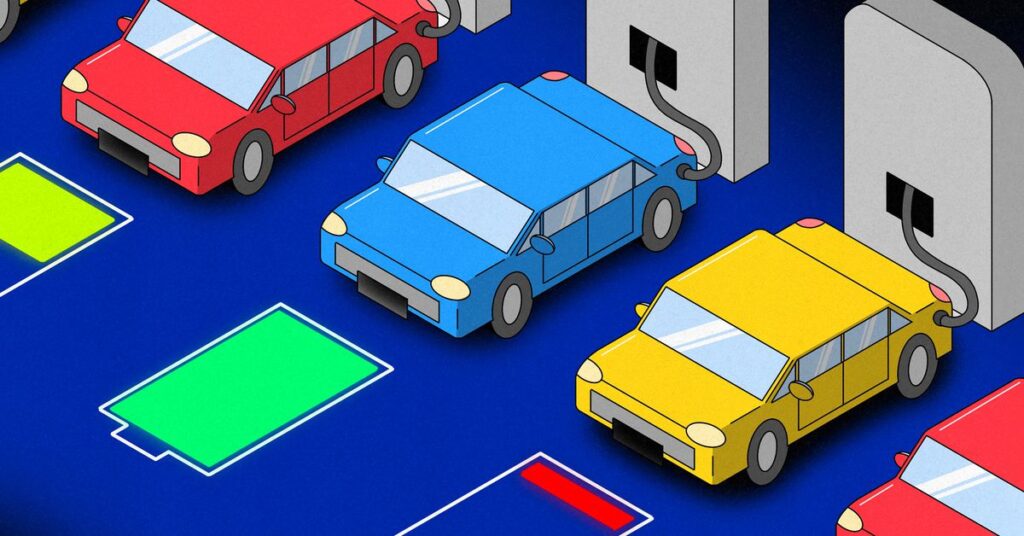A complete switch to electric vehicles would have huge health benefits for many people around the world. But a new report from the American Lung Association highlights special benefits for children, especially those who are more susceptible to respiratory illnesses.
The group concluded that if all new cars sold by 2035 had zero emissions, there would be 2.7 million fewer asthma attacks in children and 147,000 fewer cases of acute bronchitis. . Additionally, the shift to EV-only sales would prevent 2.67 million cases of upper respiratory tract symptoms and 1.87 million cases of lower respiratory tract symptoms in children. And the infant mortality rate would decrease by 508 people.
Laura Kate Bender, vice president of healthy air at the American Lung Association, said children's bodies develop at different rates than adults, so it's important to emphasize the specific impact the switch to EVs will have on children. Stated.
“Children are at higher risk from air pollution and their lungs are still developing.”
“Children are at higher risk from air pollution and their lungs are still developing,” she said in an interview. She said, “As someone who grew up with asthma, I can say that… [it] My parents put me in the ER more often than I would have liked. ”
Internal combustion engine vehicles are a major contributor to climate change, accounting for more than a quarter of global emissions. That's why governments around the world are trying to accelerate the transition to electric vehicles, which emit far fewer pollutants into the air. Children, especially those at particularly high risk of respiratory disease, stand to gain a lot from this switch.
This assumes that all new passenger cars sold in the U.S. will be EVs by 2035, and that all new heavy-duty vehicles sold in the United States will be electric vehicles by 2040. Furthermore, these vehicles must be powered by a grid that does not use fossil fuels.
“I think the two are inseparable,” Bender said of EVs and the zero-emissions grid. “This is how you get the greatest health benefits possible.”
A switch to EV-only sales will be difficult, especially as demand for plug-in cars has wavered in the face of high prices and concerns about charging availability and reliability. Still, sales are steadily increasing year by year, and by 2023, EVs will account for over 8% of all vehicle sales.
Internal combustion engine vehicles are a major contributor to climate change
But “vehicle turnover” could slow, especially as traditional gas-powered cars and trucks become more capable, break down less often, and last longer. The average light vehicle on the road today is 12 years old, up from 9.6 years in 2002.
If the U.S. wants to transition to all-electric vehicles by 2050 to meet President Biden's net-zero emissions goal, sales of gasoline-powered vehicles will likely have to end completely by around 2035. . This is extraordinarily hard work.
Things could become even more difficult if the EPA implements its plan to delay the transition to EV-only sales. Bowing to pressure from automakers and labor unions, the Biden administration recently rescinded tough new Environmental Protection Agency rules requiring U.S. automakers to phase out gasoline-powered cars by 2032.
Still, the American Lung Association wants to emphasize that such a transition has health benefits not only for us but for our children as well. Bender said he hopes the report will serve as a wake-up call, especially for policymakers considering tougher new emissions standards for cars and trucks.
“That means that even though automakers keep making gasoline-powered cars, they actually get cleaner,” she says. “So even though there are rules in place, there are real benefits to be had.”


